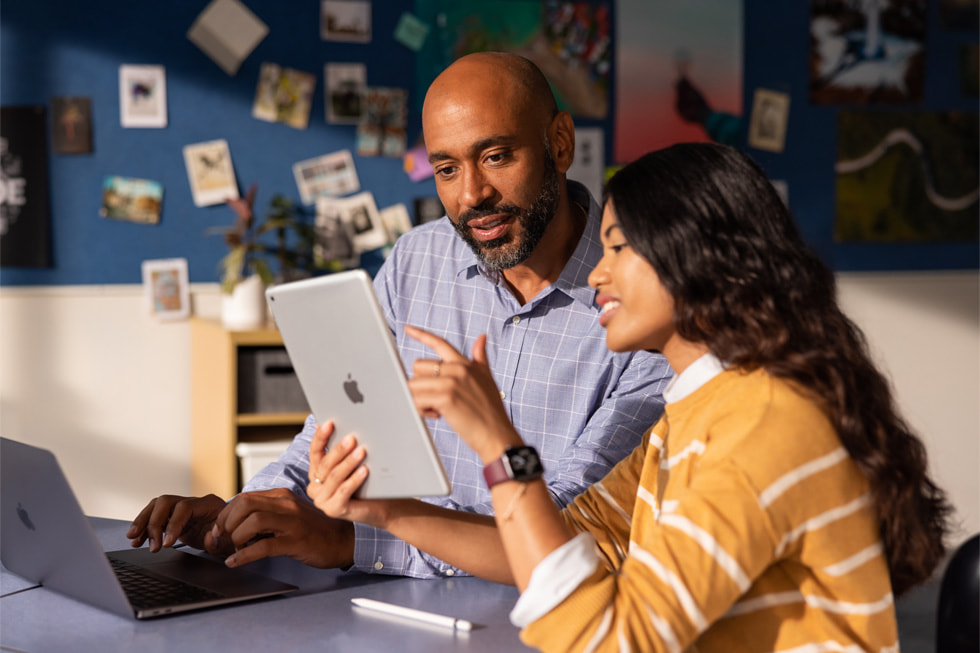Online learning has found a new significance in the post-pandemic situation. Educational institutions say that in the post-pandemic situation, the way in which education is being delivered has almost seen a paradigm shift. Although there is still an ongoing debate on the pros and cons of this form of education, many institutions have already started implementing this form of education in the best possible way for assignment help Canada.
Based on how it is being conducted, online education can be broadly divided into two categories – Synchronous and Asynchronous.
Whether you are the educator or the student, it is important to know about these two types in detail, especially keeping in mind the present education scenario. This blog intends to give you insights into the details of the same.
Keep reading to know more about these two types of online education, their difference and the better choice out of the two.
What is Synchronous Online Learning?
Synchronous learning occurs when the instructor and course participants interact with the course content and each other at the same time but from different locations. For example, the instructor interacts with students in real-time using tools like WebEx to live stream audio, video, and presentations, Bongo Virtual Classroom to hold live classes or meetings, LEARN’s chat feature to engage in live conversations, Google Docs to concurrently edit documents, and more.
Ways to achieve synchronous learning
Chat:
Synchronous chat rooms enable multiple users to log in and interact simultaneously. This is an excellent forum for asking questions and sharing resources and insights. In addition, many online course modules include chat interfaces, allowing you to participate directly from your browser.
Voice (telephone or voice-over-IP):
You may be familiar with this if you work in a business setting. In addition, some courses may allow you to use your computer or phone to hold a conference call with your professor and classmates.
Video or web conferencing:
This type of feature could be ideal if you want to simulate a classroom experience! For example, you could use your webcam to talk to your professors face to face, share media (such as documents, presentations, and poll questions), and more! In some cases, you may be able to save the video or web conference to watch later when studying.
Live Streaming:
Some synchronous learning programmes may go beyond emulating the traditional classroom by live streaming your professor’s lecture as if you were sitting in the classroom with them! In many cases, this will be recorded so that you can watch it again if you miss something.
What is Asynchronous Online Learning?
Asynchronous learning occurs when the instructor and students in the course interact with the course material at different points in time (and from different locations). The instructor assigns a series of units to the students, who complete them as their schedules allow. Each unit may include assigned readings or uploaded media, online quizzes, discussion boards, and other activities. The instructor supervises the students, provides feedback, and evaluates them as necessary.
Ways to achieve asynchronous online learning –
Digital Curriculum Materials:
While this may be found in synchronous programmes as well, digital materials to supplement the curriculum may be more prevalent in asynchronous learning. This could include anything from PowerPoint presentations uploaded to document sharing, podcasts, and video streaming. In many cases, these materials could be distributed via the online course module, which would help you stay organized by keeping everything in one place.
Email:
Although it may appear simple, email is essential to all online courses. It’s a great way to ask questions, stay in touch, and receive materials, updates, reminders, and even assessments. In addition, some online course modules go even further, allowing you to email your professor without ever leaving the online course module!
Discussion Boards:
Another pillar in the online learning structure is the discussion board. This is frequently used to facilitate debates, collaboration, and discussion about course content, just as it would in a physical classroom. The difference is that you can visit a discussion board whenever it is convenient for you.
Social Networking:
Social networking is now being used in many online courses to improve collaboration and learner interaction. Some learning management systems may even incorporate social networking platforms or computer networking assignment help into course modules, making connecting with classmates and professors easier.
Collaborative Documents:
These can be used in a variety of ways. Wikis, for example, could be an excellent way for your online courses to create and maintain class notes and references. Wikis and other collaborative documents also make group work easier by serving as a central hub for you and your classmates to collaborate on a common project.
The Advantages and Disadvantages of Synchronous Learning
Advantages of Synchronous Learning –
- As the session progresses, students can ask questions and receive answers in real-time.
- The instructor can assess the student’s comprehension in real time and adjust the session as needed.
- Students have a stronger sense that the instructor is “there.”
- Workshop-style classes and breakout group activities can be led by instructors.
- Live chats and office hours enable real-time interaction, much like a conversation.
- Students who have difficulty with task commencement can benefit from synchronous sessions because they provide a schedule to help them stay on track.
Disadvantages of Synchronous Learning
- Due to technical or scheduling issues, some students may be unable to participate at the required time. For example, they could be in separate time zones.
- Accessibility requirements, such as providing captioning for a live presentation, may be more difficult to meet.
Advantages and Disadvantages of Asynchronous Learning
Advantages of Asynchronous Learning –
- Students can use recorded sessions to digest session content and/or conduct additional research before asking questions in a discussion group. This is preferable for slower thinkers and, in some cases, students whose first language is not English.
- Students can access course content and initiate or respond to interactions with the instructor and their peers whenever it is convenient for them.
- Students can watch recorded sessions again to reinforce their learning or to review material before a final exam. Students can also review threads from discussion groups long after the discussions have ended.
- Only a few students will be able to ask questions during a live session; in an online discussion group, all students can pose questions or make comments.
- Allows students to work around unexpected challenges like being sick for a week or dealing with a family emergency.
Disadvantages of Asynchronous Learning –
- When students watch a recorded session, they may feel less connected to the instructor.
- Students who do not see their classmates may feel less connected to the course as a whole.
- Students may put off participating in a recorded group meeting because they can “do it later.”
- Because no class time is planned, only the assessment deadlines.
- A higher level of dedication and individual learning skills are required for asynchronous learning.
Final Thoughts
Both synchronous and asynchronous online learning have their uses, depending on what an instructor is attempting to accomplish and the direction they may have received from their institution, faculty, or department. Remember that your students may be in multiple time zones, working full or part-time, having intermittent internet connections, caring for sick family members, or having other commitments that prevent them from being online at a specific time when making this decision. Click on the link to know about the things to consider while you are making a choice.



